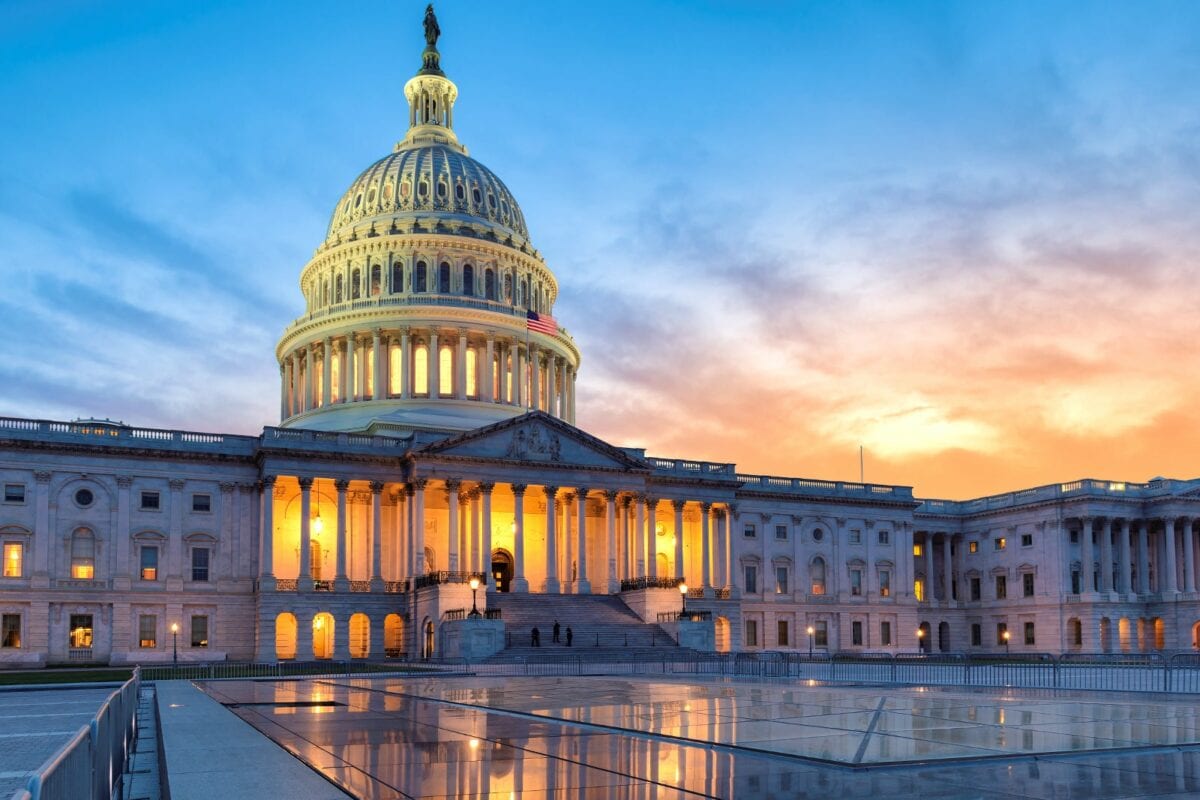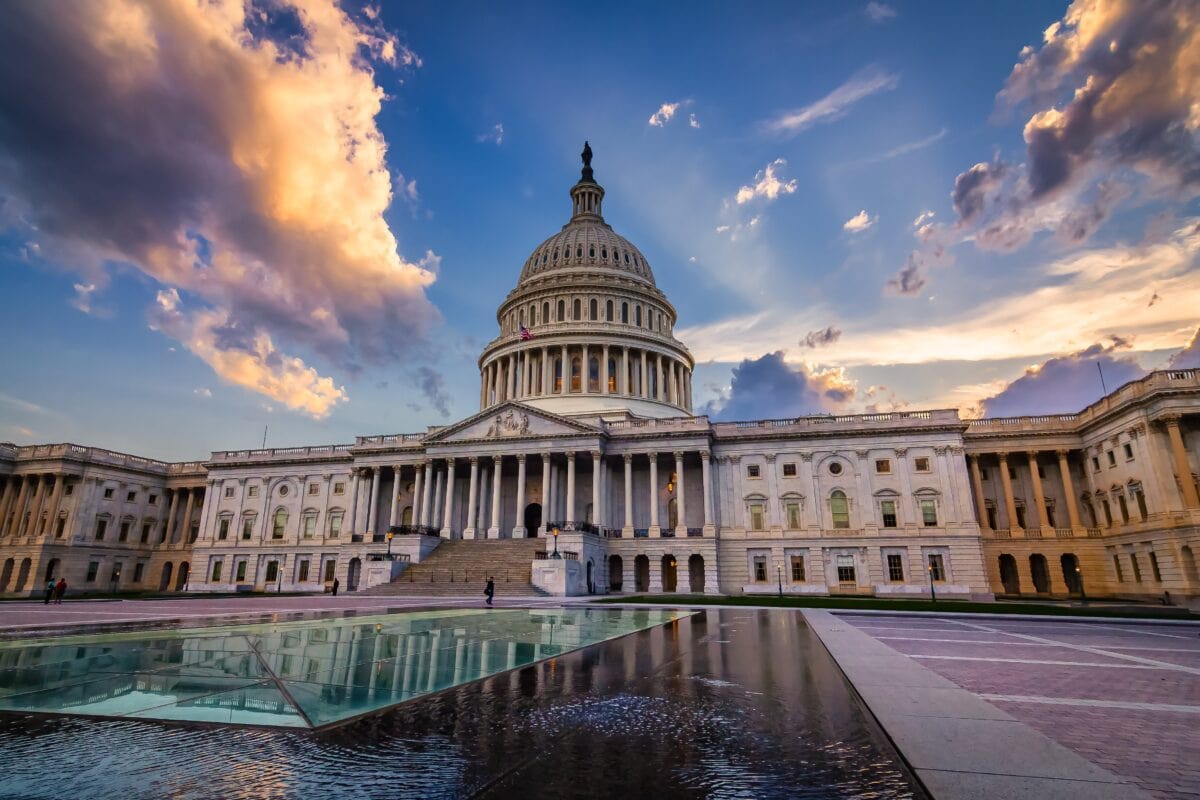News
 The Jenga Tower Falls: The Financing of an Embedded Dental Benefit
The Jenga Tower Falls: The Financing of an Embedded Dental Benefit
By Mike Adelberg, NADP Executive Director
In the last eighteen months, I have blogged twice about CMS’s new regulation to permit states to add an adult dental benefit to their Essential Health Benefits benchmark plan. At first glance, this policy was a victory for oral health care access by creating a pathway for adult dental to become an Essential Health Benefit. But I cautioned that the victory would likely prove illusory because the regulation created a “Jenga Tower” of requirements, particularly regarding the cost of adding a meaningful adult dental benefit within the “typicality” test established by the regulation.
CMS made two related decisions that, I fear, will harm consumers and likely make it impractical for states to adopt adult dental as an EHB. Specifically, CMS is 1.) treating adult dental services as a subset of ambulatory medical services, 2.) requiring that the adult dental benefit is embedded within the medical plan, despite the vast majority of Americans having separate dental insurance.
The impracticality of this approach was demonstrated on January 29th when California’s Department of Managed Health Care (DMHC) held a hearing on potential additions to the state’s benchmark plan. DMHC commissioned the actuarial firm, Wakely, to help the state consider adding adult dental and other benefits under the new regulation. Wakely’s analysis suggests that it is too expensive to include in California’s benchmark.
The problem California faced is that in order to add a new benefit to a state’s benchmark, the cost of the new benefit must be no greater than cost-savings gained on other essential health benefits (without those savings being so large as to render those benefits “atypical”). To survive the typicality test, per Wakely, California could not enhance the state’s benchmark plan by more than 1.06 to 2.23 % in terms of total enhancements.
Wakely projected that adding a preventive-only dental benefit would cost 1.6 to 2.3% and comprehensive dental would cost 2.6 to 4.6% of the benchmark. A preventive-only benefit, which is less coverage than commonly available to Americans today, would crowd out other benchmark enhancements; comprehensive dental is entirely outside the typicality range.
Wakely also commented that adding adult dental would be “disruptive to the marketplace.” This was a brief but important reference to broader market disruptions and the “race to the bottom” market dynamic that the regulation inadvertently triggers. This was the subject of my November blog.
More recently, the Commonwealth of Kentucky sought to add a preventive-only dental benefit to its EHB benchmark, despite this arrangement being atypical in the state. Like California, Kentucky could not make the math work—the state’s revised benchmark dropped the preventive-only dental benefit.
While the California numbers cited above will vary a bit from state to state, the scenario in California and Kentucky seems nearly inevitable under the current regulatory framework. Not a single state will be adding an adult dental Essential Health Benefit in 2027.
This does not have to be a dead end if policymakers want to make this policy work. A simple first step would be to permit lower-cost stand alone plans to meet a state’s EHB. If this step does not, of itself, solve the affordability problem, NADP is eager to speak with stakeholders about other options.
[Note: This blog was slightly revised in May 2025 to reflect developments after it was first authored.]




